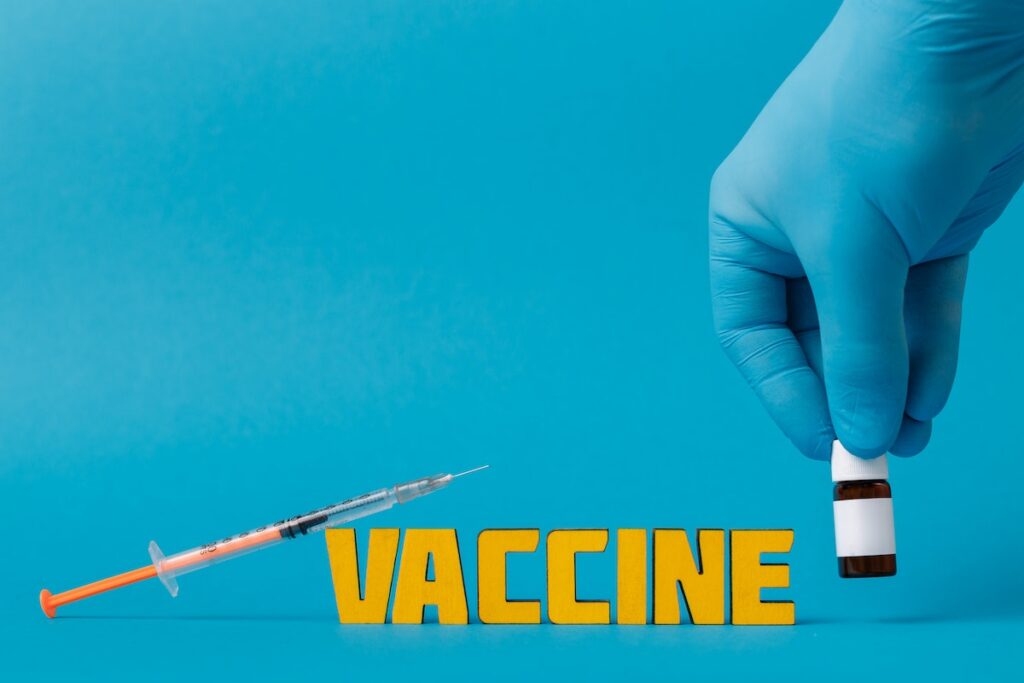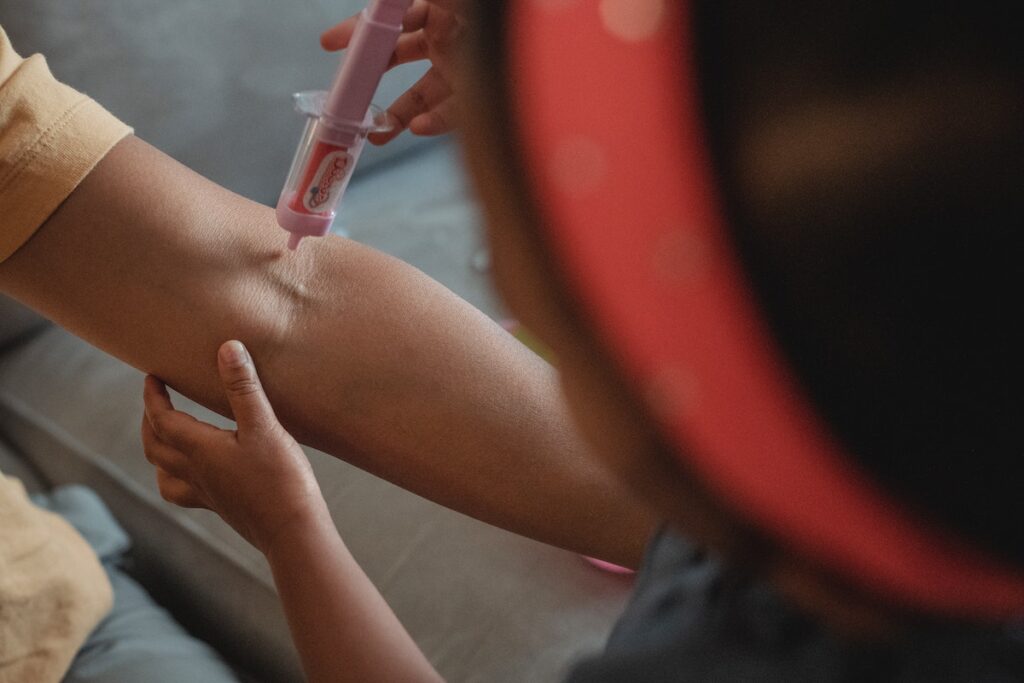After welcoming your newborn baby into the world, it’s important to ensure they receive the necessary immunizations to protect them against illnesses and diseases that could harm their health. Wondering what is the recommended immunization schedule in Kenya? First, vaccination and immunization are often used interchangeably, but there is a subtle difference between the two terms.
The act of delivering a vaccine, which is a substance that contains a pathogen that has been weakened, destroyed, or at least a portion of it that can trigger an immune response without actually causing the disease, is referred to as vaccination. Contrarily, immunization describes how a person develops immunity to or protection against infection.
In Kenya, immunizations are determined by the Kenya Expanded Programme Immunization (KEPI) Schedule, which outlines the recommended vaccines for babies within the first few months and years of their life.
The vaccines included in the KEPI Schedule are intended to protect against various illnesses and diseases, such as tuberculosis, measles, mumps, typhoid, chickenpox, meningitis, rotavirus, Tetanus, and polio, among others.
Below is a breakdown of the immunization schedule in Kenya recommended by the Kenyan Ministry of Health, along with a description of each vaccine and how it works:

At Birth
At birth, your baby should receive the Bacillus Calmette–Guérin vaccine (BCG), which is given via injection. This vaccine is primarily meant to build immunity against tuberculosis (TB) but also has a documented protective effect against meningitis in children.
It’s important to note that while BCG can protect against some forms of TB, it does not prevent primary infection or reactivation of latent pulmonary disease, the primary source of bacillary spread in the community.
The BCG vaccine is administered on the left forearm, with a dosage of 0.05mls for babies below one year and 0.1mls for babies above one year.
At 6 Weeks, 10 Weeks, and 14 Weeks
At weeks 6, 10, and 14, your baby should receive the following vaccines:
- Rotarix vaccine, which is administered orally in doses of 1.5mls. This vaccine protects against rotavirus infections, the primary cause of severe diarrhea in young children.
- OPV: Polio (given in two drops)
- DPT: Diphtheria, Pertussis (Whooping Cough), Tetanus: protects against diphtheria, pertussis (also known as whooping cough)
- HIB: Hemophilia Influenza Type B – designed to protect against Haemophilus Influenza – Type B, which can cause serious illnesses such as pneumonia and meningitis.
- HEP B: Hepatitis B – vaccine protects against the Hepatitis B virus (HBV), which can be spread through infected blood, semen, or other body fluids.
- Pneumococcal: Pneumonia
The DPT, HIB, and HEP B vaccines are given by injection in doses of 0.5mls and are contained in a single shot known as the Pentavalent Vaccine.
At 6 weeks:
- OPV vaccine (second dose)
- Pentavalent vaccine (for diphtheria, Tetanus, pertussis, hepatitis B, and Haemophilus influenzae type b)
- PCV vaccine (for pneumococcal disease)
- Rotavirus vaccine
At 10 weeks:
- OPV vaccine (third dose)
- Pentavalent vaccine (second dose)
- PCV vaccine (second dose)
- Rotavirus vaccine (second dose)
At 14 weeks:
- OPV vaccine (fourth dose)
- Pentavalent vaccine (third dose)
- PCV vaccine (third dose)
At 6 Months
At 6 months, your baby should receive the measles vaccine, administered in doses of 0.5mls on the right upper arm. This vaccine is given in case of a measles outbreak or if the baby is exposed to HIV.
Additionally, your baby should receive a Vitamin A supplement vaccine, which is essential for growth and development, cell recognition, vision, immune function, and reproduction.
According to the World Health Organization (WHO), vitamin A deficiency is the leading cause of childhood blindness. Also, it increases the risk of death from common childhood infections such as measles and other illnesses that cause diarrhea.
NOTE: Children begin receiving vitamin A and deworming treatments at age one and continue every six months until they are five.
At 9 Months
At 9 months, your baby should receive another dose of the measles vaccine.
In selected counties, the Yellow Fever vaccine is administered by injection. Yellow fever, in the simplest of terms, is a viral disease transmitted by mosquitoes and can cause fever, chills, headaches, muscle pain, nausea, and vomiting. It can lead to liver damage, bleeding, and even death in severe cases.
At 18 months
- OPV vaccine (fifth dose)
- Pentavalent vaccine (fourth dose)
- Measles-rubella vaccine
At 2 years
- Typhoid conjugate vaccine
At 6 years
- OPV vaccine (sixth dose)
- Td vaccine (for Tetanus and diphtheria)
Side Effects of Vaccines
Adverse effects of the injection may include the development of an abscess at the injection site. In contrast, the side effects could consist of;
- Fever, pain
- Swelling and redness at the injection site
- Irritability
Bottom Line
It is important to remember that the immunization schedule in Kenya could change based on the child’s health and where they are located. So, to make sure that your child obtains the proper vaccines based on their unique needs, it is advised that you speak with a healthcare professional.
Learn more about the importance of vaccination in building immunity here.













